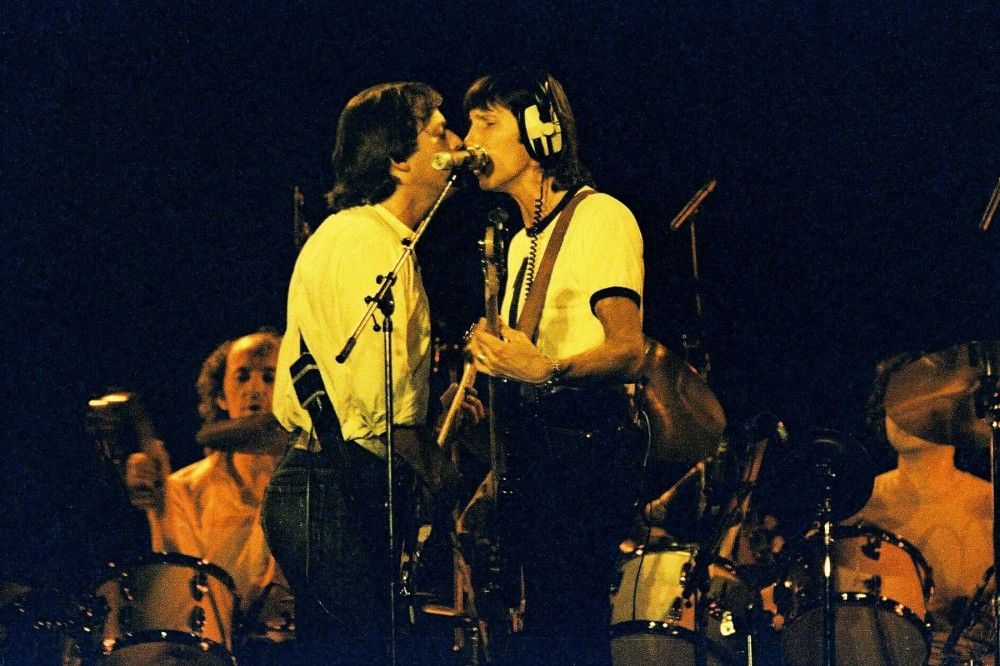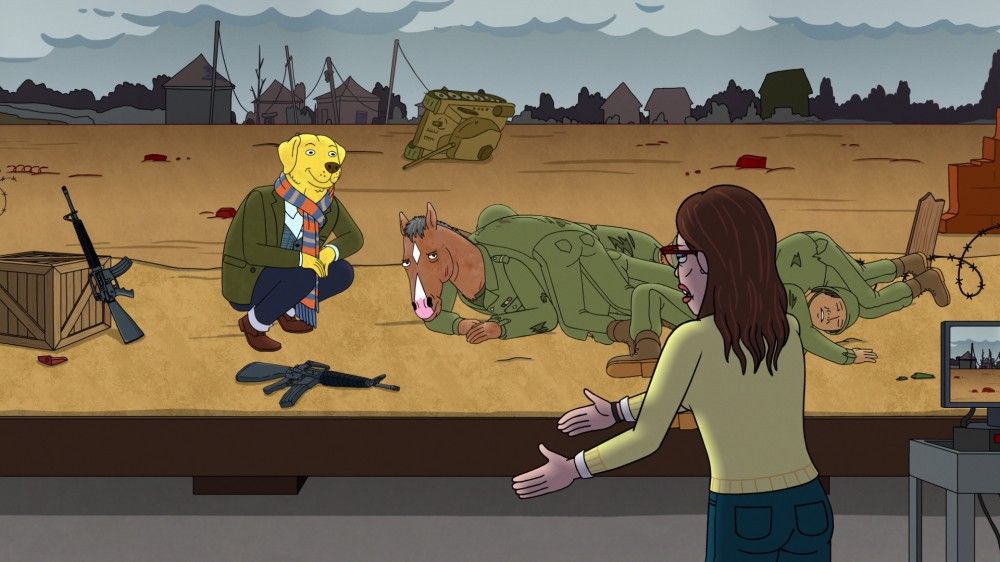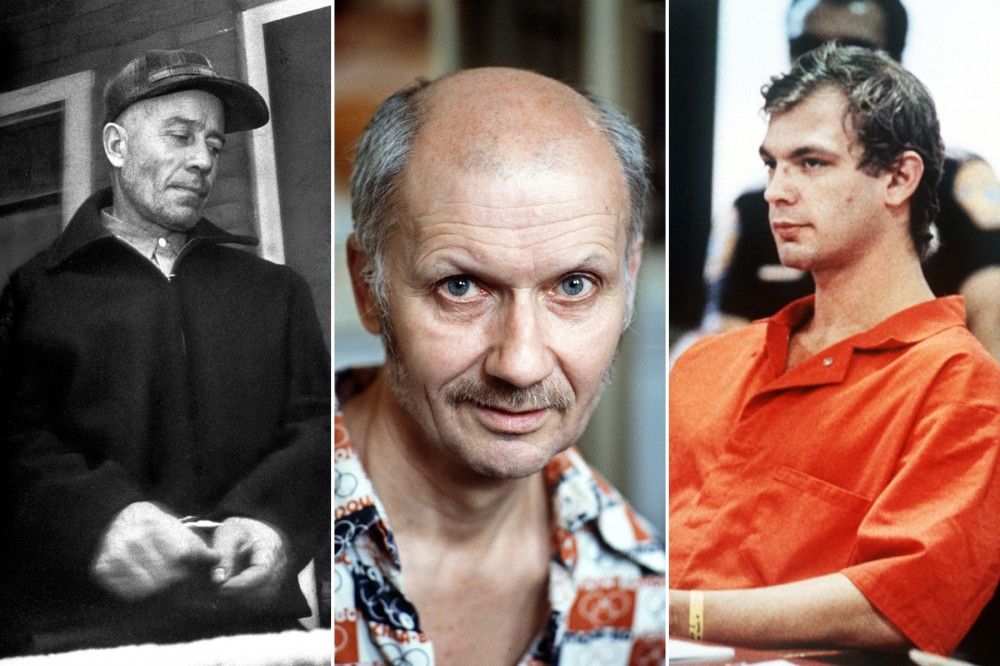
Flashback: Pink Floyd Take 'Another Brick in the Wall, Part 2' to Number 1
By the spring of 1980, were one of the biggest bands in the world. Their four most recent albums (1973’s Dark Side of the Moon, 1975’s Wish You Were Here, 1977’s Animals, and 1979’s The Wall) sold by the millions and they packed stadiums across the globe whenever they toured. Seventies superstar bands like the Eagles and Led Zeppelin were running on fumes by this point and would split before the year ended, but Floyd had just started their ambitious Wall tour that was unlike anything rock fans had ever seen.
The only thing the group had never quite figured out was how to score a big radio hit. “Money” did manage to reach Number 13 on the Hot 100 in 1973, but Floyd became a quintessential album band after that brief triumph and didn’t even try to compete with the likes of John Denver, the Bee Gees, and Fleetwood Mac for Top 40 airtime. The title track from Wish You Were Here could have become a massive hit, but they didn’t even release it as a single. The sole single from the album was “Have a Cigar,” and it largely sank without a trace. They didn’t even bother releasing a single from Animals, since the prospect of any commercial station airing all 18 minutes of “Dogs” was unthinkable.
When word got out in 1979 that their next release told the story of a bitter, depressed rock star named Pink, told across four vinyl sides, few people imagined it would produce a big hit. But it was 40 years ago this week that “Another Brick in the Wall, Part 2” knocked Queen’s “Crazy Little Thing Called Love” out of the Number One spot on the Hot 100 and stayed there for four weeks until Blondie’s “Call Me” unseated it.
The song was inspired by ’ miserable experience with the British educational system as a child in the Fifties. “Some of the teachers there were locked into the idea that young boys needed to be controlled with sarcasm and the exercising of brute force to subjugate us to their will,” he told The Wall Street Journal in 2015. “That was their idea of education.”
On his original homemade demo, he sang the chorus (“We don’t need no education/We don’t need no thought control/No dark sarcasm in the classroom/Teacher leave these kids alone”) by himself. But when he went into a Los Angeles studio to cut the song with producer Bob Ezrin, they sent the tape off to engineer Nick Griffiths in England and instructed him to have a choir of children sing it. (Ezrin and Waters both claim today that they had the idea themselves.)
Griffiths brought 25 kids from Islington Green School in North London into the studio and had them sing the part. “I originally thought we’d use their voices as background for the lead vocals Dave Gilmour] and I had recorded, but the sound we heard on the tape when it came in was so emotionally powerful that we let them sing their part alone,” Waters told The WSJ. “To hear those kids from a not-so-affluent part of London singing the lyrics took my breath away. By adding those voices, Nicky had made the song visceral and deeply moving in a very serious way.”
Crucially, Ezrin also added a kick drum on every beat. It gave the song a disco-like feel that made it palatable for radio audiences. Before they knew it, the song was blaring out of car stereos all across the world. Teenagers may have not understood the nuances of the story Waters was telling, but they loved singing “We don’t need no education” at the top of their lungs. Above is the original video that features footage from the 1982 Wall movie.
Pink Floyd never had another single even graze the Top 40 after this, but it didn’t matter. They already had so much success that they could continue headlining stadiums even after Waters left a few years later. And when Waters revived The Wall for a solo tour in 2010, it ran for three years and grossed nearly half a billion dollars. Every night, he brought out local kids to sing along to “Another Brick in the Wall, Part 2.”
Waters is supposed to launch his This Is Not a Drill Tour on July 8th in Pittsburgh, but the coronavirus situation may delay those plans. Whenever he’s able to tour, however, “Another Brick in the Wall, Part 2” will almost certainly be in the set list. It remains the most popular song he ever created and it gets rediscovered by generation after generation of teenagers who viscerally connect with the message.



